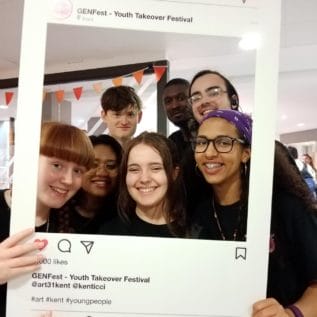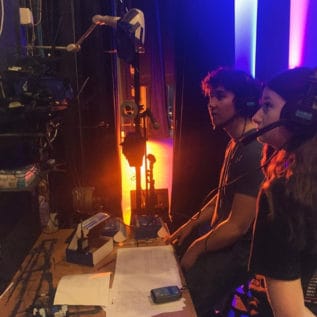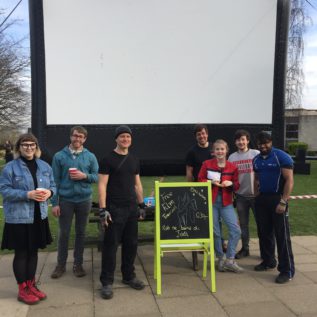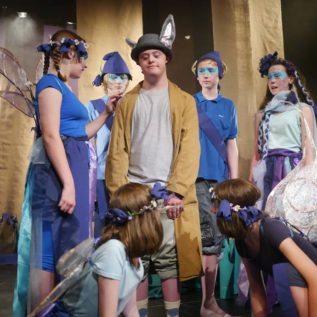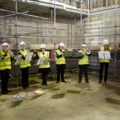As part of our 50th anniversary we took a look back the very beginning and how the theatre and cinema came to be.
Gulbenkian was founded as a result of a generous grant from the Gulbenkian Foundation in 1969, an organisation which has funded many arts projects around the world.
About Calouste Gulbenkian
Calouste Gulbenkian was born in Istanbul in 1869, the son of Sarkis and Dirouhie Gulbenkian, members of an illustrious Armenian family whose origins date back to the fourth century. The Gulbenkian family fortune was made in the oil business in Baku in the 1880’s, and subsequently expanded to include the Iraq Petroleum Company. Calouste became a British citizen in 1902 and donated $70,000,000 and vast art collections to start the Foundation. After his death in 1955 his son Nubar Gulbenkian carried on the philanthropic work. More information on the Gulbenkian Foundation can be found on the Calouste Gulbenkian Foundation website.
Submitting a proposal for a theatre for Kent
In 1966, the University of Kent appointed a small working party to prepare proposals for a theatre on the University site and examine the possibility of obtaining a donation for its cost from private sources, it being widely accepted that the University had a responsibility to its own members and to the public in East Kent to provide facilities to foster the arts. The working party was in no doubt that treasury funds for a theatre would, at best, not be forthcoming for an extravagant scheme but might well be so for a modest building which provided the best range of equipment and facilities, although this would mean a building of most utilitarian standards. It was hoped that the theatre would serve a variety of purposes in addition to a wide range of dramatic production, experiment and teaching and the building would be essentially an instrument rather than a show piece. Emphasis was placed on establishing a real and obvious actor – audience relationship, which led to the adoption of the thrust stage and good sight lines and the elimination of any proscenium arch and fly tower.
